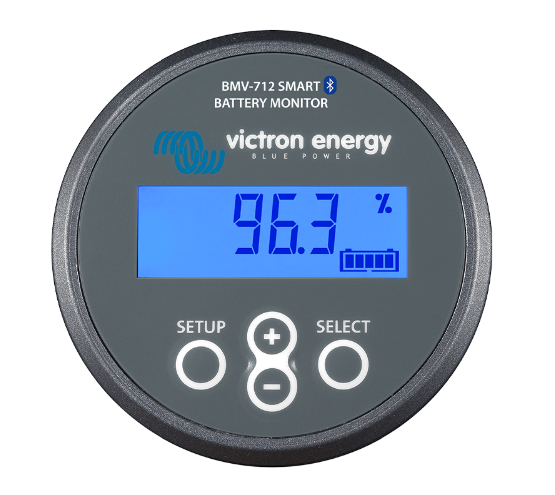One of the first tasks I assigned myself on purchasing the yacht was to install a battery monitoring system. After some research I opted for the Victron BMV-712 Smart monitor. This model has Bluetooth built in which is a huge benefit considering that you can access the monitored data from the comfort of the mobile.
Thursday, April 20, 2023
Battery Monitoring System
Inverter Installation
The Inverter circuit breaker has been fitted under the main saloon seat just next to the inverter.
- 900W Toaster
- 1200W Electric Kettle
- 240v AC points
- Small (10litre) air compressor
- 240v Water pump (used to flush the black water tanks & Deck wash)
Water Expansion Tanks
Why install an expansion tank?
Well the answer depends if it's installed on either the cold or water circuit.
- Cold circuit.
On the cold circuit, an expansion tank is not really indispensable however I installed it because it will reduce the number of times the water pressure pump switches on. The pump will not switch on every time the water tap is opened. Once it's on, it will fill up the expansion tank (depending on the size of the installed expansion tank) and any subsequent water usage is supplied from the tank until the pressure falls enough that the pump will need to switch on.
The installation of this expansion tank is a huge benefit especially at night because the pump will not switch on as soon as the water tap is opened. The pump although enclosed is not very silent and at night it just wakes everyone up when it switches on!
- Hot circuit
In this case, personally I think that an expansion tank is indispensable. The expansion tank is designed to handle the thermal expansion of water as it heats up in the water heater, preventing excessive water pressure. If water pressure gets to high it can damage valves in plumbing fixtures, joints in supply pipes and the water heater itself.


























